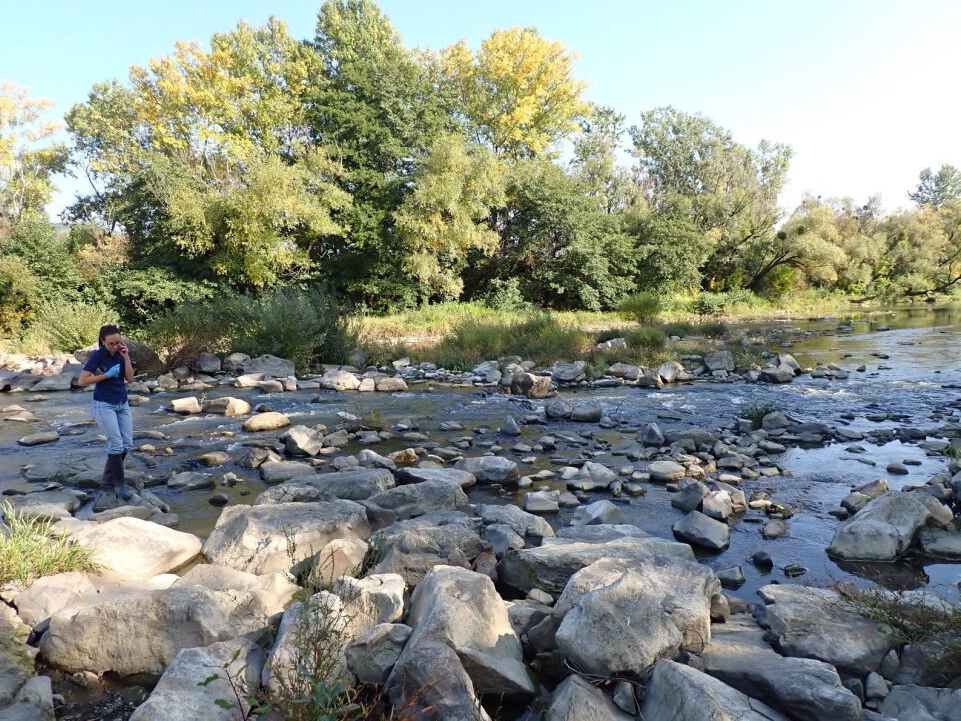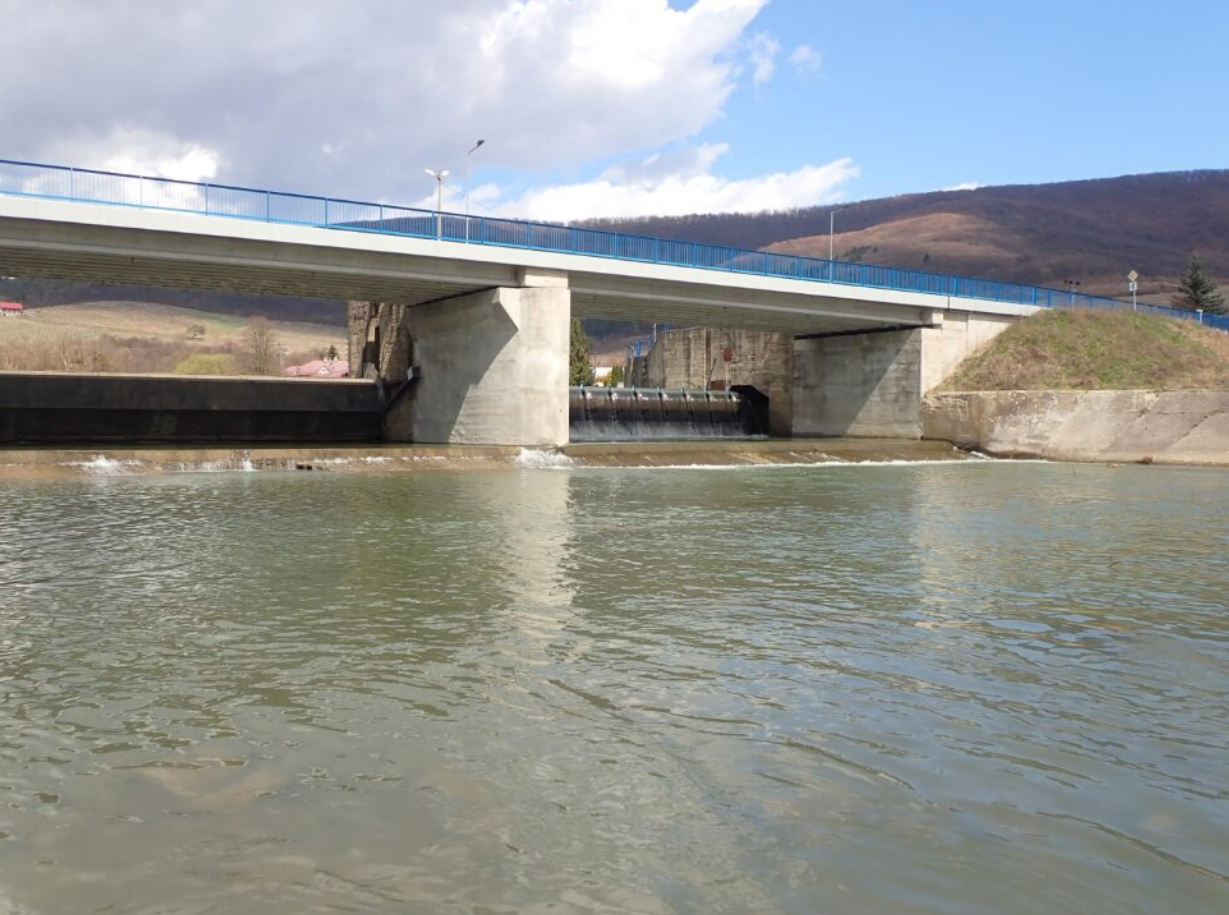Duša pri dube
This location has been chronically burdened by extensive channel modifications, the disappearance of springs, drainage improvements, and intensive conventional agriculture in close proximity to the watercourse. Extensive agglomerations pose ecological challenges, as they exhibit high productivity but extremely low biodiversity. Small fragments of natural habitat within agroecosystems serve as important refuges, but isolated organisms typically survive only briefly, leading to a significant decline in biodiversity. Intensive chemical treatments and the runoff of substrate with rainwater pose a challenge for aquatic organisms, to which they can rarely adapt. Unilateral interventions in the water regime, such as drainage of wetlands, deepening, and straightening of river channels, exacerbate water deficits in the landscape. Smaller rivers are almost regularly drying up. The result of historical interventions and current conditions is fully evident in the Duša stream section near the junction of the villages Pusté Čemerné and Voľa.
The aquatic fauna is species-poor, and only very resilient species are represented. Fish and amphibians are entirely absent (in the past, it was an important spawning ground for pikes and other fish). From the macrofauna, we recorded representatives of only 3 taxa (Asellus aquaticus, Nepa cinerea, and larvae of Culicidae). The incomplete food web prevents ecosystem balance (e.g., accumulation of leaves and wood in the water due to the absence of so-called shredders or decomposers of dead organic matter). The excess of dead plant material is not rapidly incorporated into the food web, accumulates, and bacterial decomposition consumes oxygen, accompanied by decay processes.
The existence of this now mostly drainage canal has the potential for richer ecosystem services after reasonable environmental and stream revitalization.








